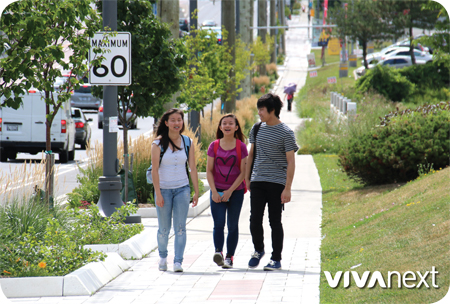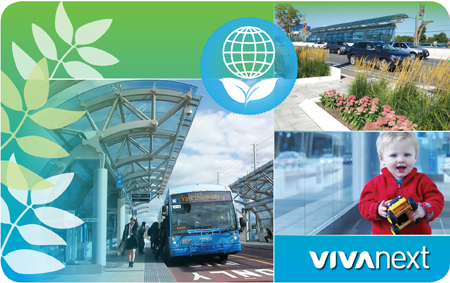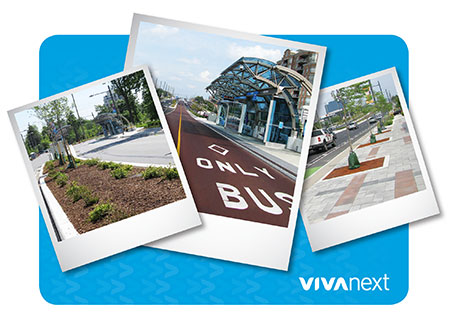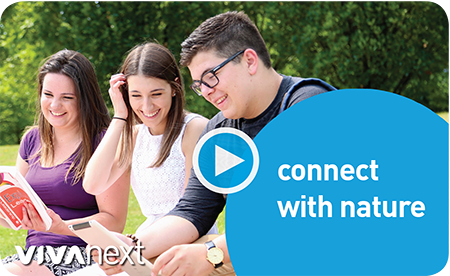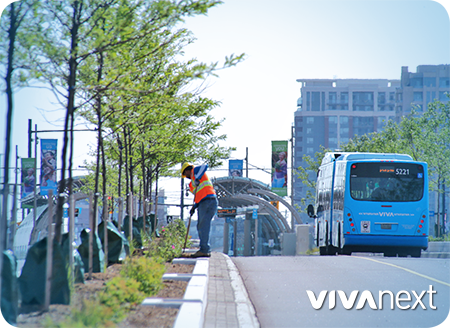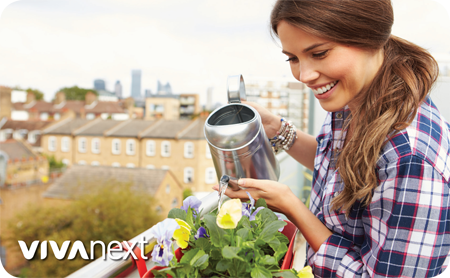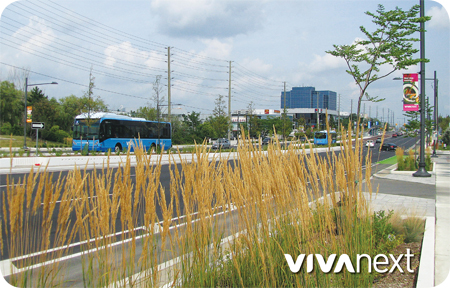We’ve seen reports that support why having greenery around us can increase prosperity, improve health, and now new research says it makes the surrounding area safer.
It’s not so much the trees and shrubs themselves that keep people safe. Having an attractive space attracts people to spend time in the area – and puts more ‘eyes on the streets.’ And green space that appears cared for lets everyone know that someone owns, uses and maintains it. In the case of streets, it’s a sense of community ownership.
Well-maintained green spaces are thought to give an abstract sense of social order, and according to a community greenery experiment in Youngstown, Ohio, the safety and order extends to the surrounding area. There are all types of crime, and you can’t always predict where it will happen, but the pride of place on display with a nice park or streetscape seems to bring about positive behavior.
It’s exciting to see the trees along the Highway 7 East rapidway growing another season of new leaves, and people out enjoying the spring weather on the new sidewalks. We’re looking forward to planting trees this year on Davis Drive in Newmarket and on Highway 7 West in Vaughan.
So trees aren’t just trees. They, and their team of shrubs and grasses encourage health and wealth, and they fight crime in their spare time.

